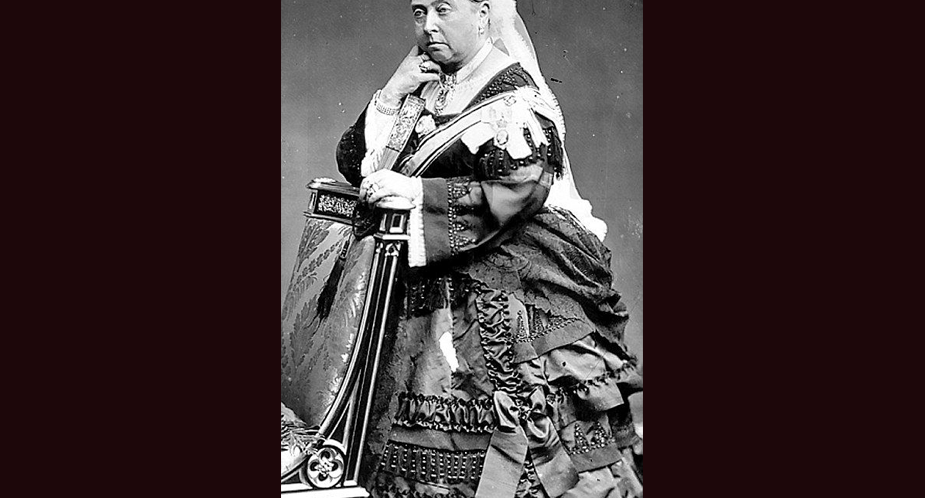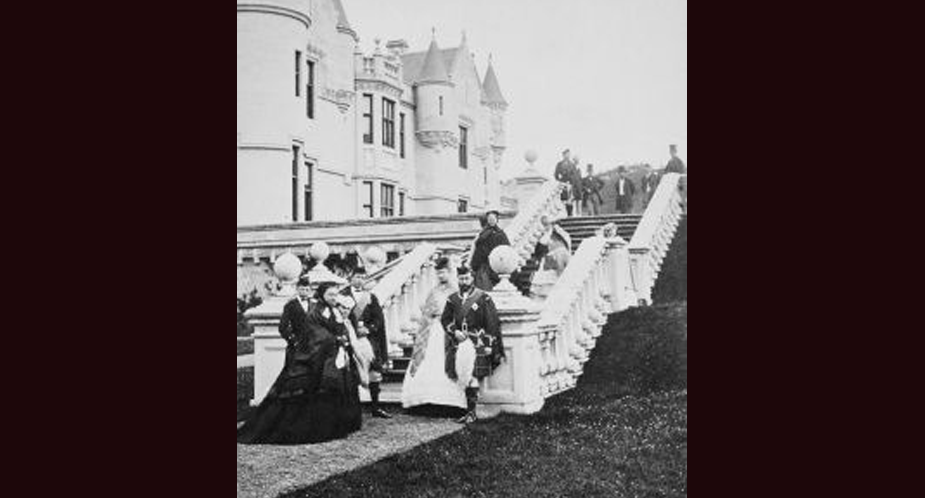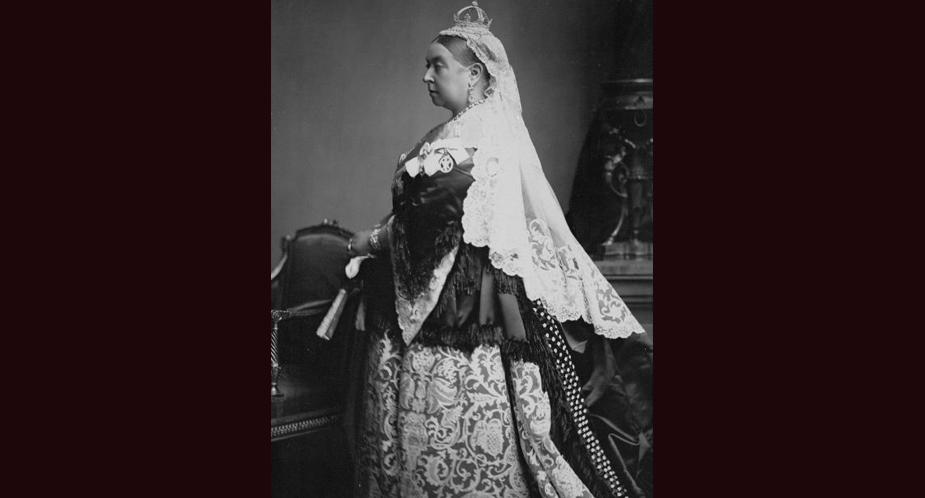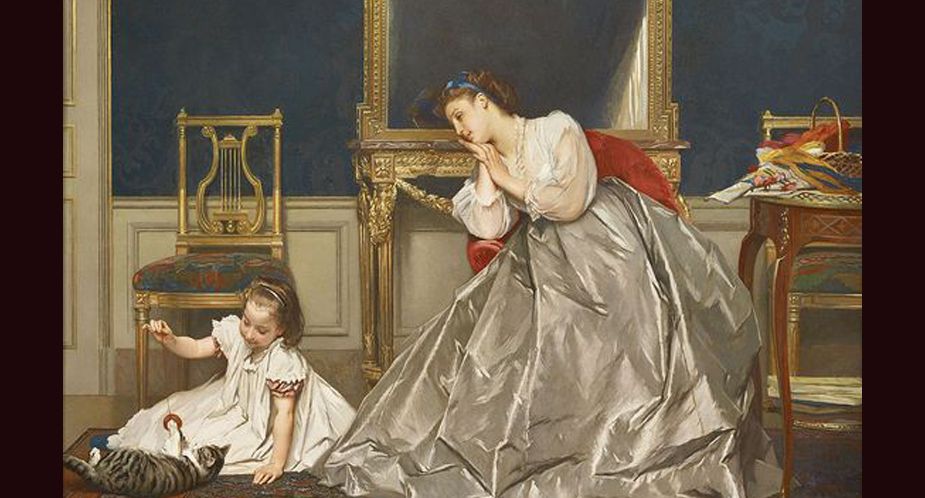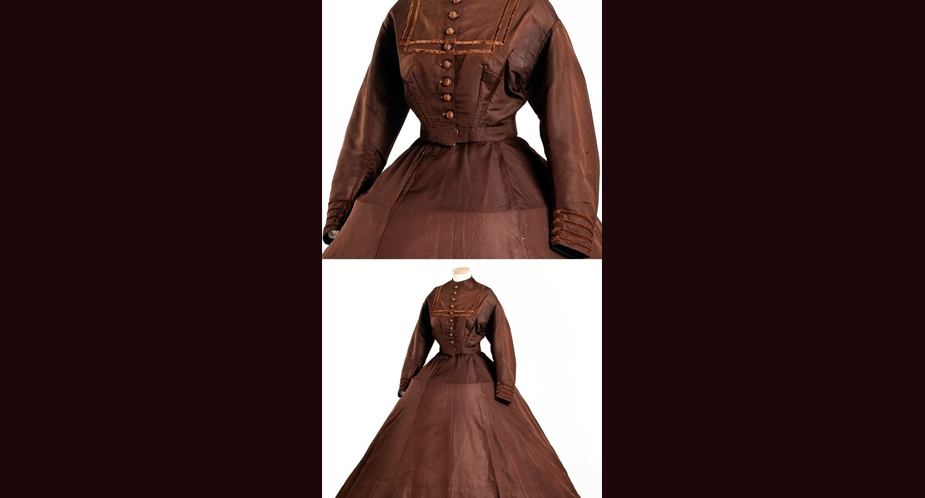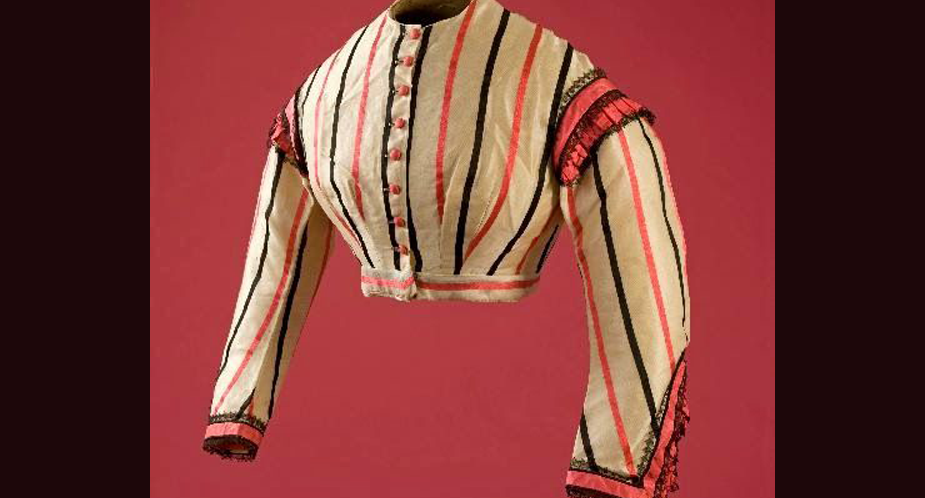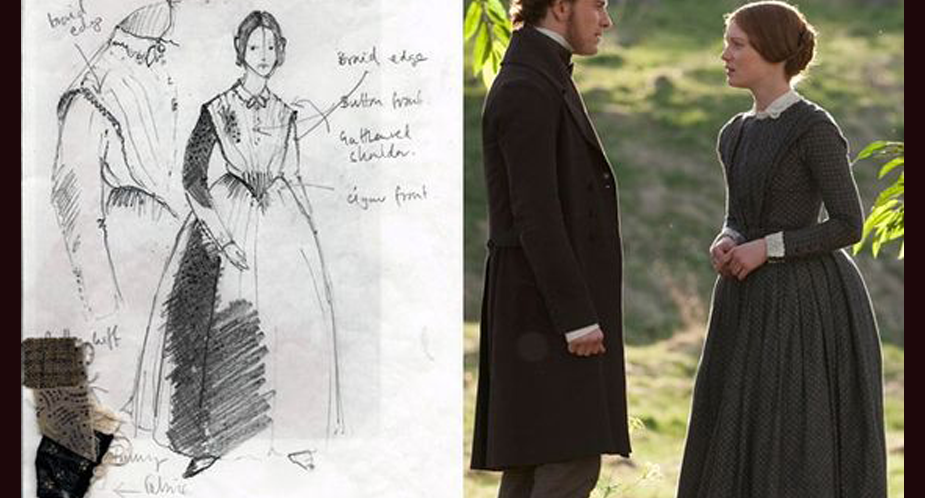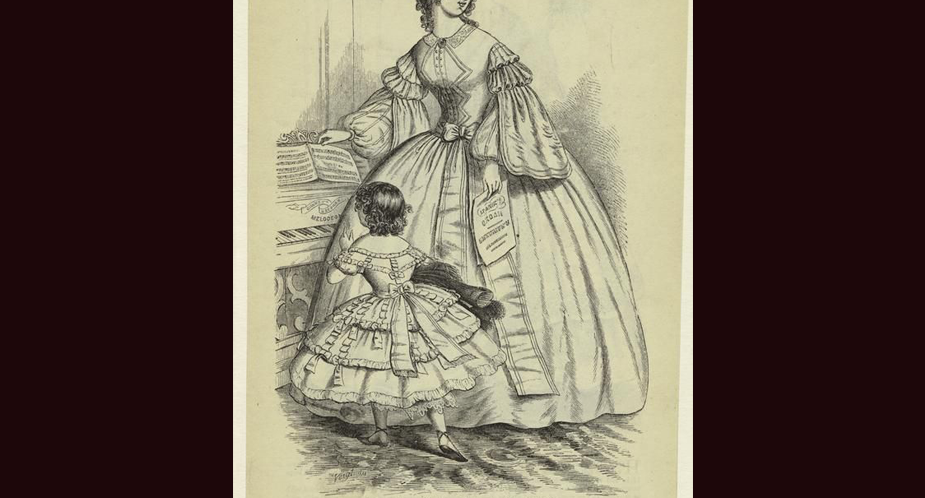… 12 years after Albert’s 1861 death, showed clearly the back draping and smooth front that was evolving into a full bustle style. Difficult to obtain on a large woman, and better suited to tall, lithe figures like Queen Victoria’s friend Eugenie at the time, the extra frills and ornament …
